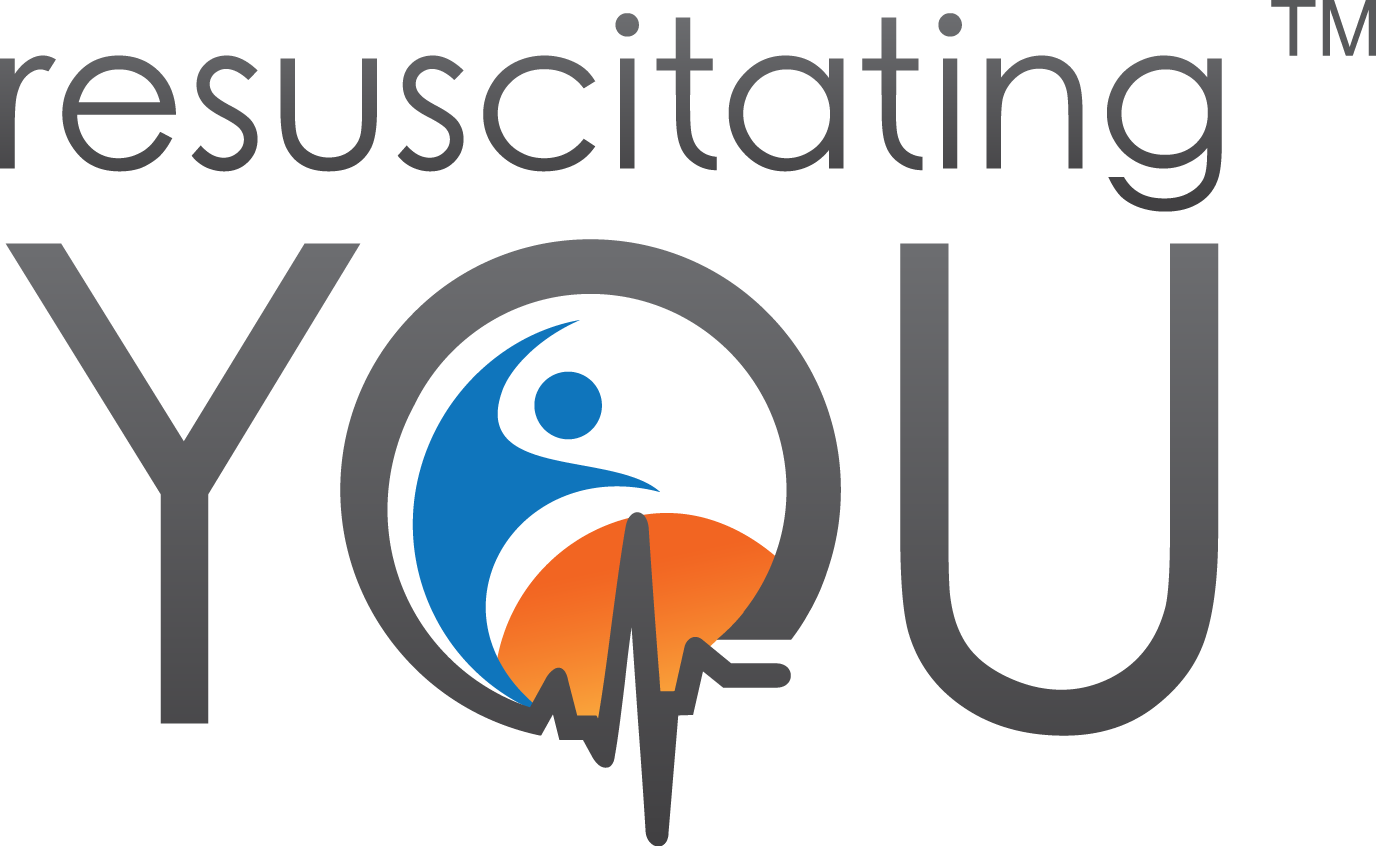Self-Harm Clinical Treatment Options
DISCLAIMER: The diagnosis and treatment of self-harm, cutting, and other psychiatric disorders requires a trained medical professional. Information contained in this website reflects the opinion of RY and its agents and is intended for educational purposes only. It should NOT be used as a substitute for professional diagnosis and treatment of any medical/psychiatric disorders. Please consult a medical professional not affiliated with RY if the information here leads you to believe you or someone you may know may be inflicting self-harm.
I’m so grateful you took this first step.
Unfortunately, most people do not seek treatment. Perhaps it is because of the stigma attached or because self harm is reinforcing and thus, there is no incentive to seek treatment. But you are here now.
If you or someone else is in imminent danger, always seek care at the nearest emergency room and/or with a licensed health professional.
PSYCHOTHERAPY is key. There are many different types of psychotherapy. Here are the ones most commonly used for self-harmers.
Types of Therapy:
1. Dialectical behavior therapy: group therapy to learn skills such as mindfulness, stress management; individual therapy to help individuals practice the skills they learn in the group and to learn to reduce self-harming behaviors
2. Cognitive-Behavior therapy (CBT): Therapy used to modify thoughts which can be maladaptive. The focus is to restructure someone’s thoughts so that they do not practice self harm.
3. Psychodynamic therapy: involves mentalization, the idea that if you can understand your own thoughts and feelings, you can control the behavior.
Self-harmers may have comorbid conditions associated such as depression and anxiety. If therapy alone does not help, then medications can be used to help control depression and anxiety. You should seek care with a licensed medical professional for further advice.

